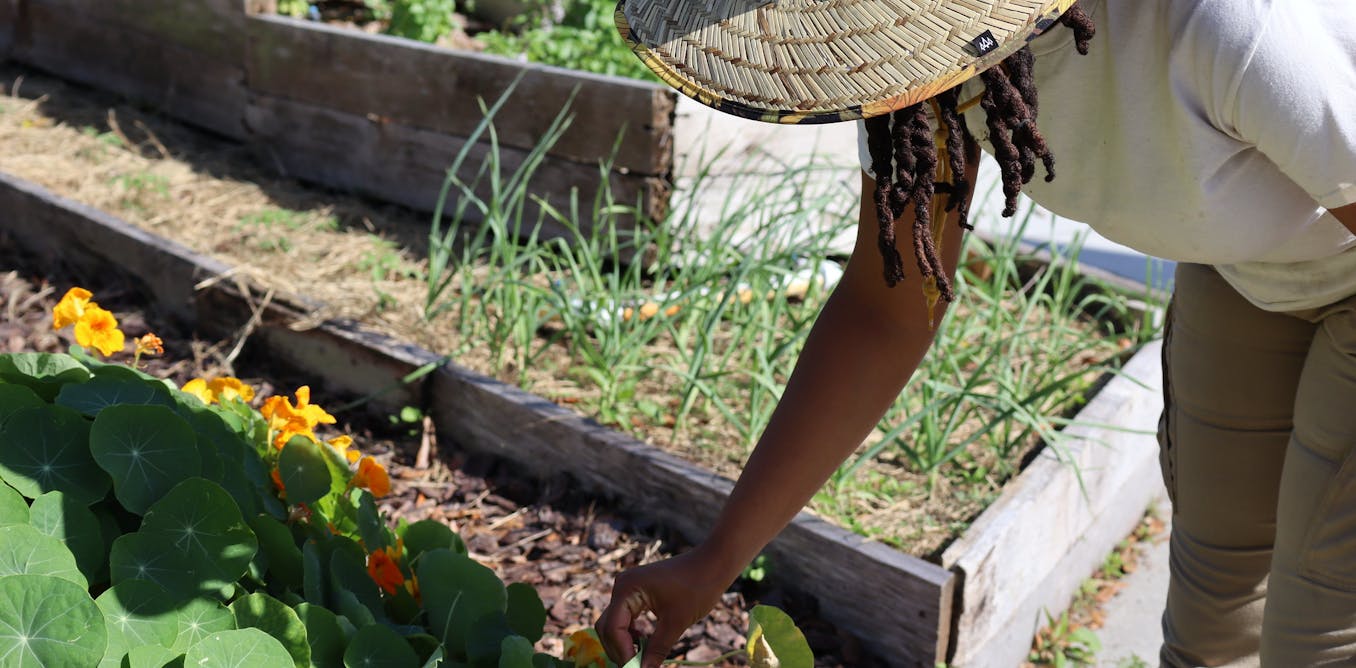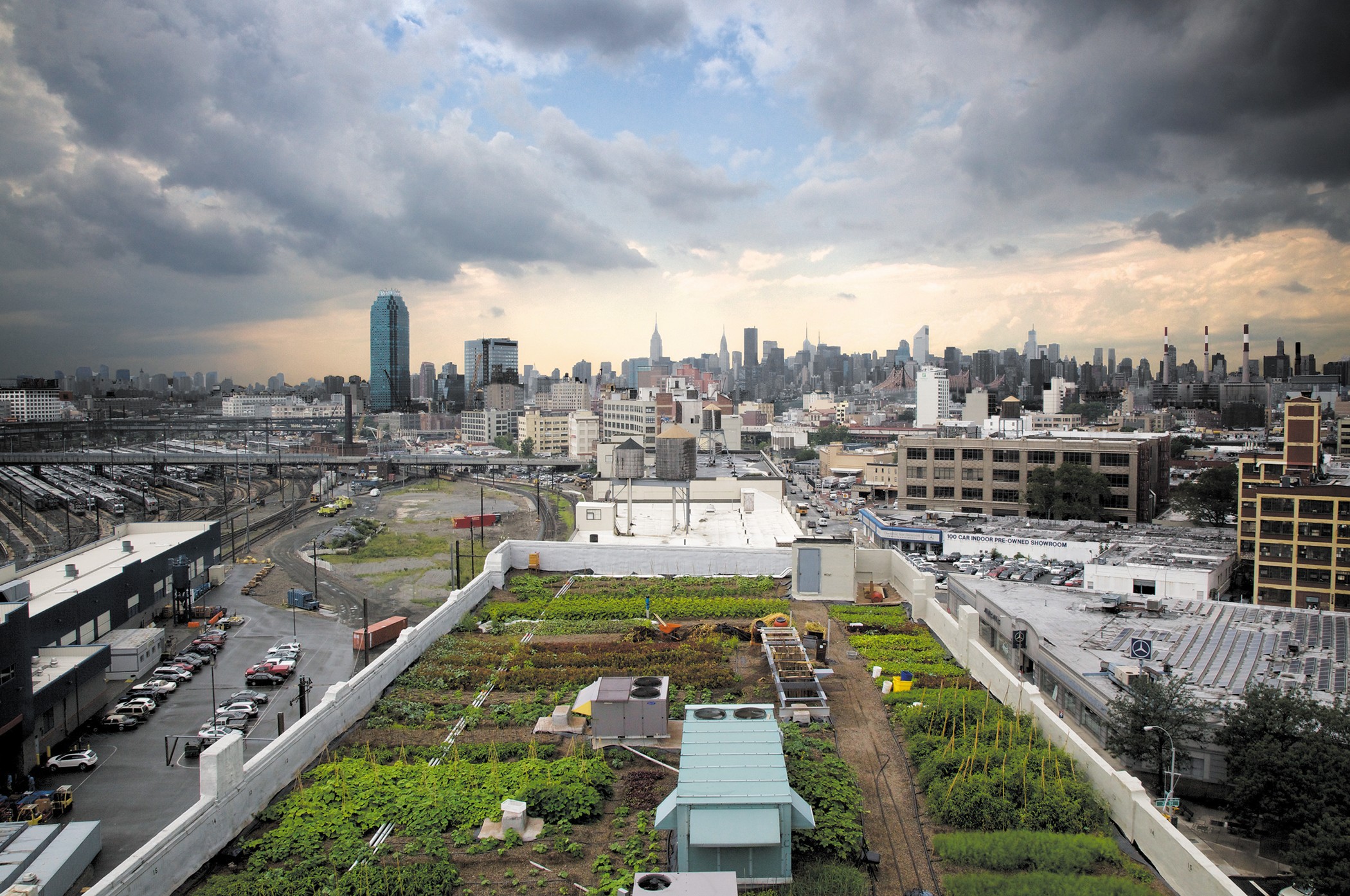City Blooming for Beginners
Intrigued in expanding food for sale in the City of Chicago? Below is a checklist of often asked questions relating to the rules and regulations that farmers must take into consideration when planning an urban agriculture project.
The zoning amendment does not modify any other codes handling composting, structure permits, purchasing or leasing City possessed property, company licenses or ecological contamination. There are existing codes that regulate these issues and they continue to be in complete impact and may be relevant to your project. Neighborhood yards are generally had or managed by public entities, public companies or community-based organizations and preserved by volunteers.
Urban farms grow food that is planned to be marketed, either on a not-for-profit or for-profit basis. Due to their business objective, metropolitan ranches require a business certificate.
3 Easy Facts About City Blooming Shown
The quantity of compost product can not surpass 25 cubic yards at any kind of given time according to the requirements in 7-28-715 of the City's Municipal Code. Because the dirt at a lot of new yard sites requires amending, compost, dirt, wood chips, or various other products can be acquired to construct or boost the expanding area.

If a structure license is required after that the hoophouse will be considered an accessory structure. You can learn even more regarding the structure authorization requirements by contacting the Department of Structures. The 25,000-square-foot size limit is planned to stop a single neighborhood yard from dominating an offered block or interfering with the block's existing residential or commercial personality.
The limit does not use to yards situated in Public Open Space (POS) areas. Can there be more than one neighborhood yard that is 25,000 square feet on a solitary block? Fencing is not required, nevertheless, yards that have huge auto parking locations might be needed to install fence or other landscaping features.
The Definitive Guide for City Blooming
B1 & B2 areas require that all business usage tasks be carried out indoors. R districts limit commercial task. The guidelines mirror the function and intent of the Zoning Code. Is secure fencing required for metropolitan ranches? Yes. Fences may be needed, along with landscape design and screening, for particular car parking areas and exterior work or storage areas relying on location and the details task taking place.
Yes. Urban farms need building licenses and zoning authorizations prior to building and construction. Various other kinds of city evaluation might be called for depending upon certain structures, activities, size, landscaping, licensing, public health and stormwater monitoring concerns. A number of these needs are determined in the task layout or allowing procedure, nonetheless, the applicant may be responsible to independently identify particular licenses or permits that may be required.
The Division of Organization Matters and Consumer Security can help figure out the particular kind of organization license that's required. Off street parking is needed for the majority of business projects in Chicago. The required number of vehicle parking rooms is based on the number of workers functioning on site and not the square video of the expanding room.
Not known Factual Statements About City Blooming

Yes. An urban farm can sell garden compost material generated on website, however, the procedure needs to adhere to the guidelines in 7-28-715 of the Chicago Municipal Code. Yes. Aquaponic systems are allowed inside on city ranches in several zoning districts. Nonetheless, a zoning review and structure license is called for in order to mount frameworks or systems and a service license is required as explained over.
As much as five hives or colonies of honey may be kept as an accessory use. Beekeepers should sign up with the Illinois Division of Farming. For even more information about the proposed zoning change you might speak to the Division of Real Estate and Economic Growth, Bureau of Planning and Zoning at 312.744.8563.
, which takes location in rural areas at the side of suburbs.
The Main Principles Of City Blooming
It can entail an activity of organic growers, "foodies" and "locavores", that seek to create socials media based on a shared principles of nature and neighborhood holism. These networks can develop by way of official institutional assistance, coming to be incorporated into neighborhood town preparation as a "transition community" activity for sustainable city advancement.
In either situation, the extra straight access to hop over to these guys fresh veggie, fruit, and meat products that might be realised with urban agriculture can boost food safety and food safety while lowering food miles, bring about reduced greenhouse gas exhausts, thus contributing to environment adjustment mitigation. A few of the initial proof of city farming comes from Mesopotamia.
Comments on “How City Blooming can Save You Time, Stress, and Money.”